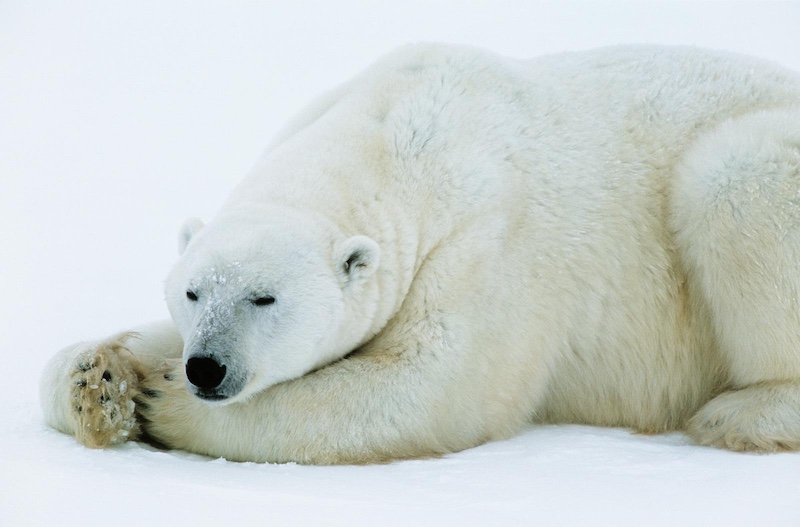Hibernation is a fascinating survival strategy used by certain animals to endure harsh environmental conditions, primarily during the winter months. This natural phenomenon allows animals to conserve energy when food is scarce and temperatures plummet. But why do some animals hibernate while others remain active? The reasons behind hibernation are rooted in evolutionary adaptations, metabolic changes, and environmental challenges.
Hibernation is triggered by seasonal changes, particularly falling temperatures and diminishing food supplies. In colder regions, animals face the challenge of finding enough food to sustain themselves. For some species, the solution is to enter a state of dormancy. By slowing their metabolic processes, they reduce their energy requirements, allowing them to survive without eating for weeks or even months. During hibernation, an animal’s body temperature drops significantly, sometimes close to the surrounding environment. Its heart rate and breathing slow dramatically, conserving vital energy reserves.
The main purpose of hibernation is energy conservation. For example, bears, one of the most well-known hibernators, can spend months without food or water. While their body temperature doesn’t drop as drastically as some smaller animals, their metabolic rate decreases significantly. This allows them to live off their stored body fat. Similarly, ground squirrels and bats experience dramatic reductions in body temperature and heart rate, making them appear almost lifeless during hibernation.
While bears are the poster animals for hibernation, many smaller species also rely on this survival tactic. Hedgehogs, dormice, and some species of frogs and turtles enter a deep sleep-like state. Even insects, such as ladybugs and some bees, hibernate by clustering together in sheltered locations to conserve warmth and energy. Cold-blooded animals, like reptiles and amphibians, enter a form of dormancy called brumation. Though similar to hibernation, brumation is characterized by periods of sluggishness and inactivity rather than a full metabolic shutdown.
Hibernation also serves as a defense mechanism against extreme weather. Animals that hibernate are less exposed to predators, harsh weather, and injury. By remaining hidden and inactive, they avoid the dangers of the cold season. This survival technique is particularly crucial for species that have limited mobility or lack the physical adaptations to endure freezing temperatures.
Interestingly, not all hibernators are cold-weather dwellers. Some animals in warmer climates undergo a form of hibernation called estivation. Estivation occurs during hot and dry periods when food and water are scarce. Animals such as lungfish, desert tortoises, and some amphibians burrow into the ground or seek shelter to escape the heat and conserve moisture. This form of dormancy helps them survive extreme droughts or heatwaves.
The ability to hibernate has evolved over millennia, offering animals a remarkable way to survive inhospitable conditions. It is an efficient survival strategy that allows them to conserve energy, avoid predators, and withstand the challenges of seasonal changes. Though hibernation may appear as a simple, prolonged sleep, it is actually a complex physiological process that showcases the resilience and adaptability of the animal kingdom. Please Note: This content was created with the assistance of AI and thoroughly edited by a human before publishing.

